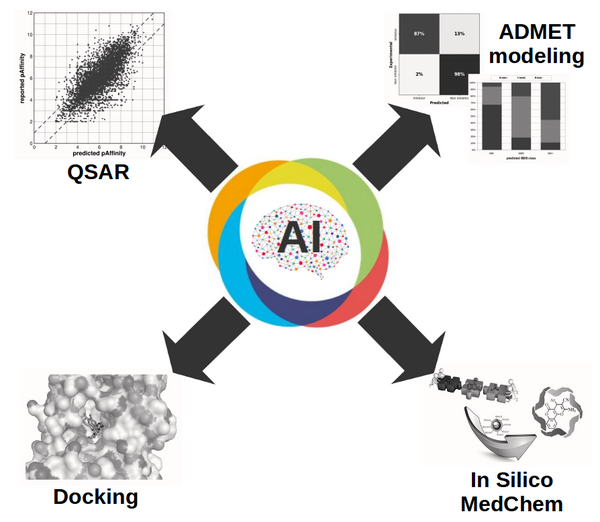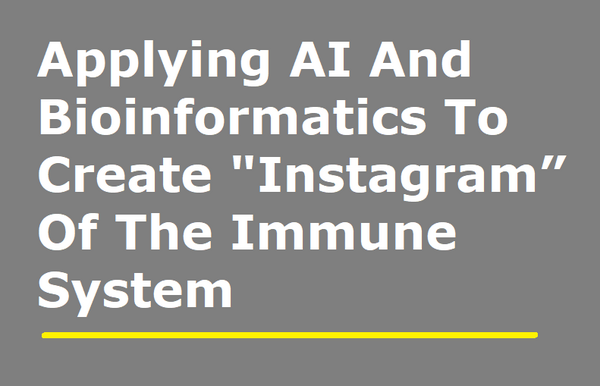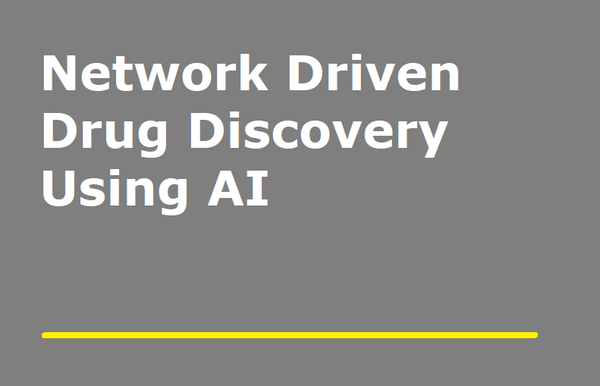How AI Is Applied To Metabolomics To Identify New Targets And Drugs
The team at MIT created the most comprehensive database of metabolites, their interactions with proteins, protein-protein interactions, drug-protein interactions, and associations of metabolites with diseases. They then use the obtained interactions map to make inferences about the disease mechanisms and novel targets. With this new technology, the team launched a biotech startup ReviveMed in 2016 having raised $1.5M of funding so far.
In the video Leila Pirhaji, founder and CEO of ReviveMed explains that they use mass-spectrometry to analyze metabolites in patient’s blood or tissue samples to see the distribution of different metabolite levels depending on the disease or condition. Using a sophisticated AI-driven platform scientists can recognize specific metabolite molecules among many other signals with the same molecular mass. This is done by creating an optimum network which maps out the missing pieces of the puzzle and showing what molecule is corresponding to that specific point in the network. Such AI-built network can provide critical therapeutic insights as the network itself is, essentially, a representation of dysregulated disease pathways and processes. Some proteins in the network can appear to be promising therapeutic targets. On the other hand, some of the metabolites in this network can potentially be future drugs.
Using this approach, the team at ReviveMed managed to identify novel pathways for Huntington’s disease, and they could find drug repurposing ideas as to the existing drugs to be re-discovered as promising treatments for Huntington's disease, the results published in Nature Methods.
Topics: AI & Digital



